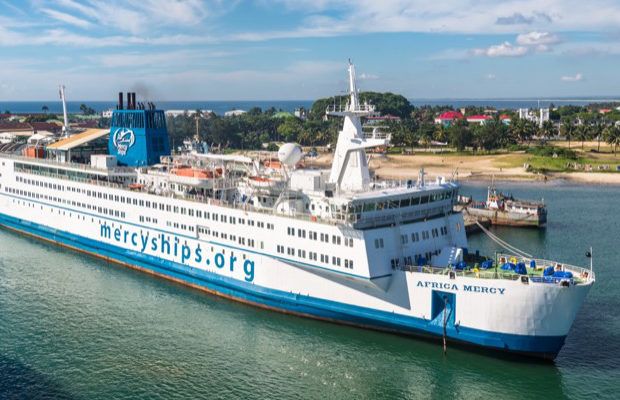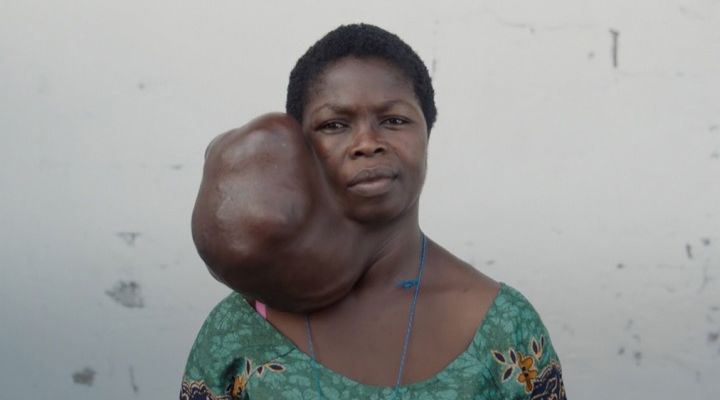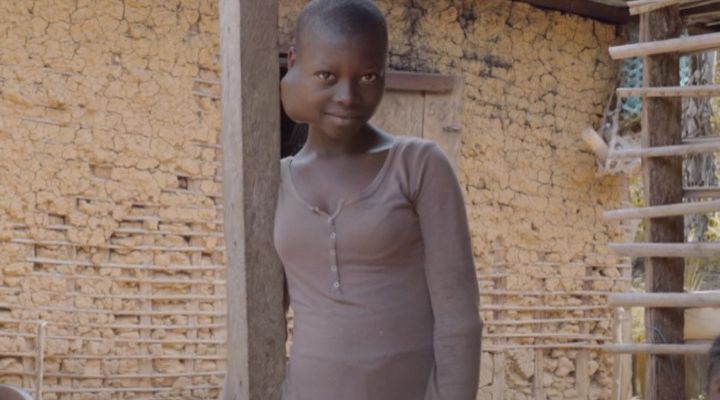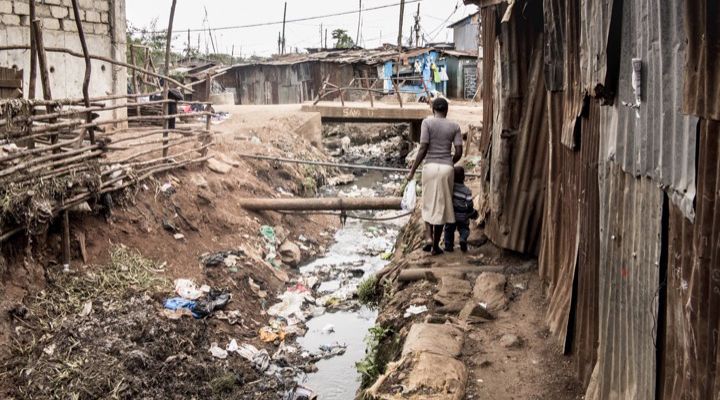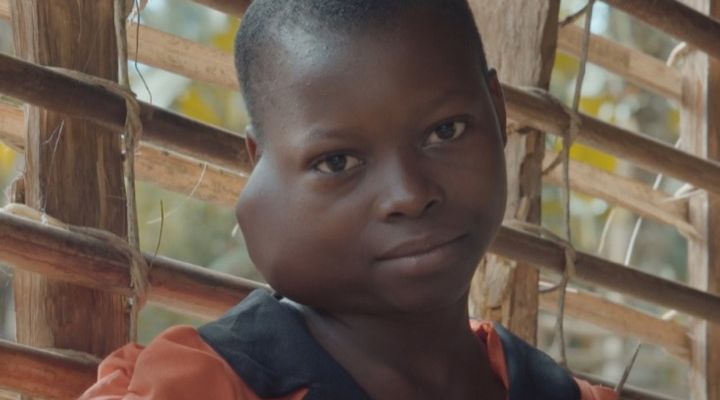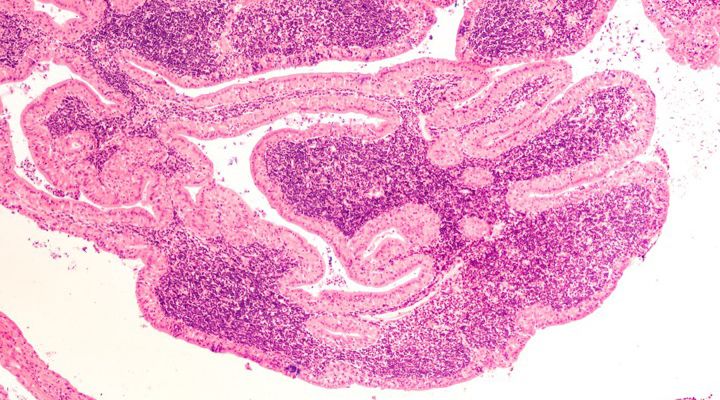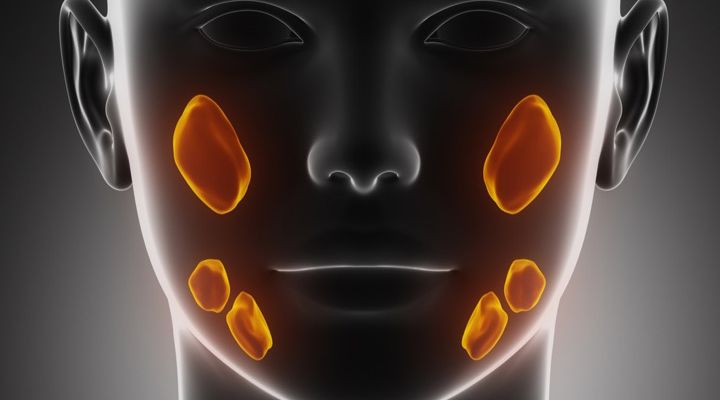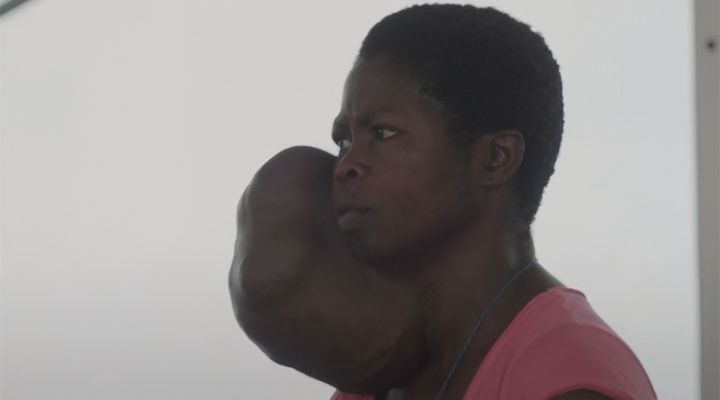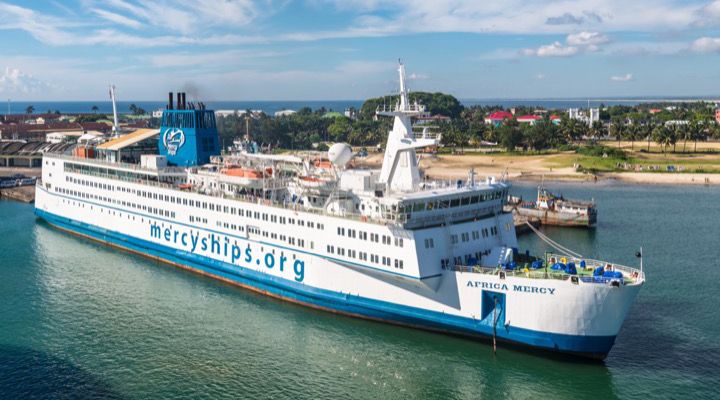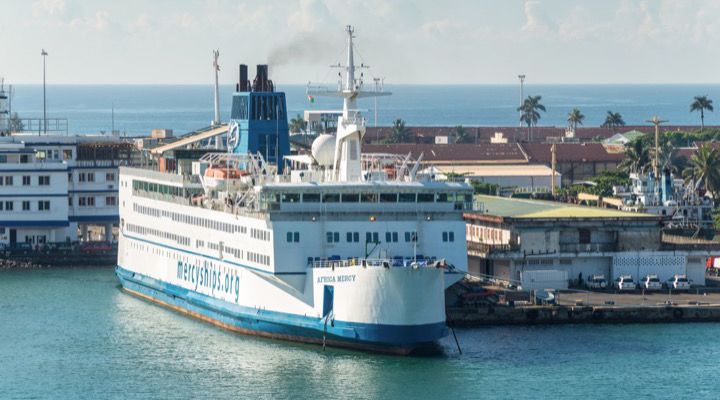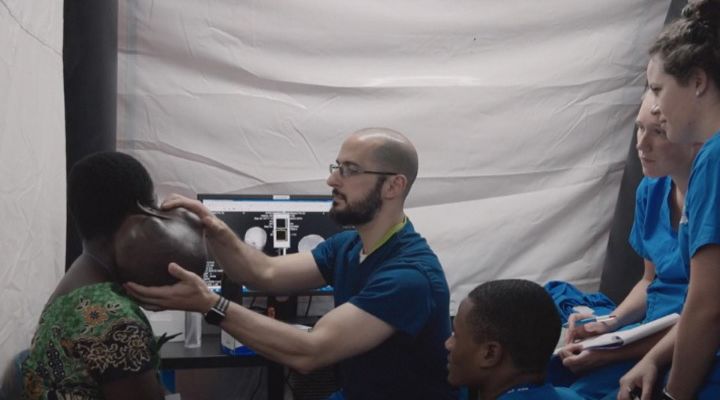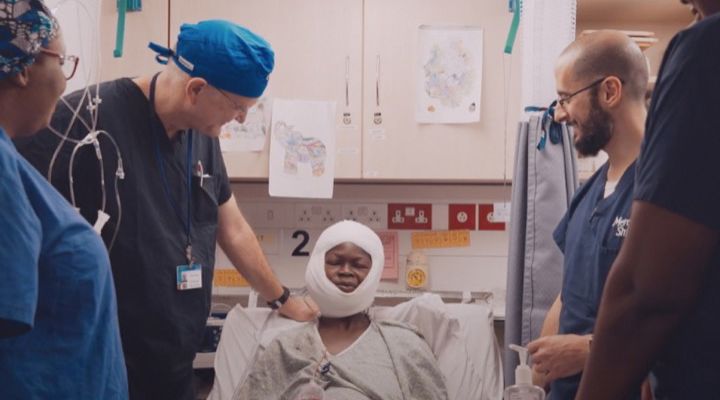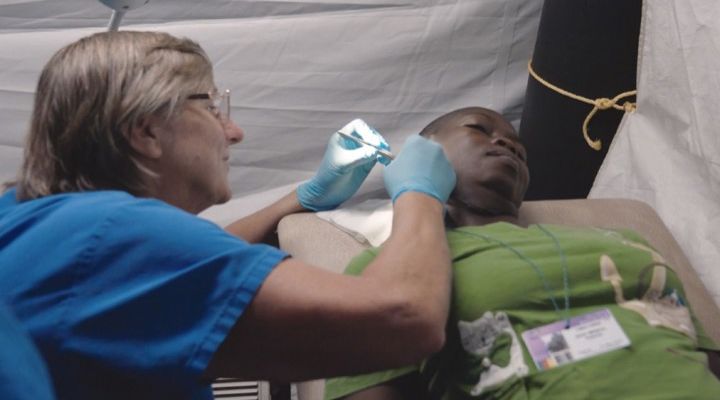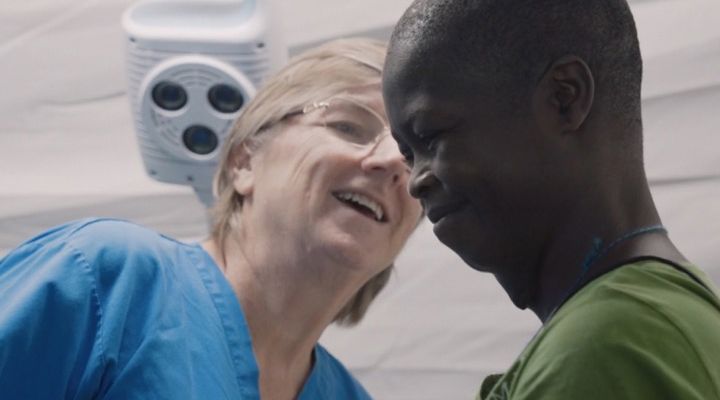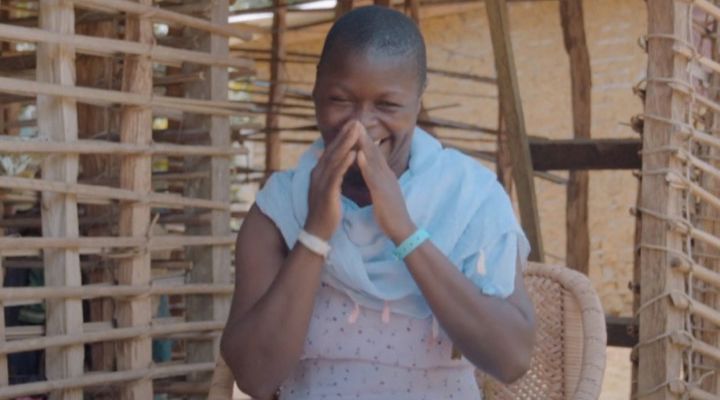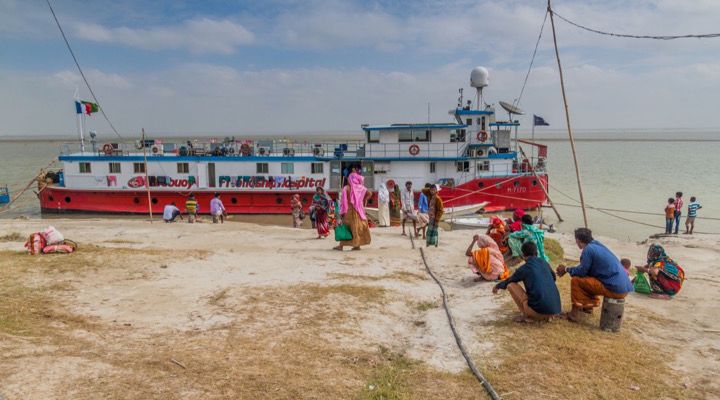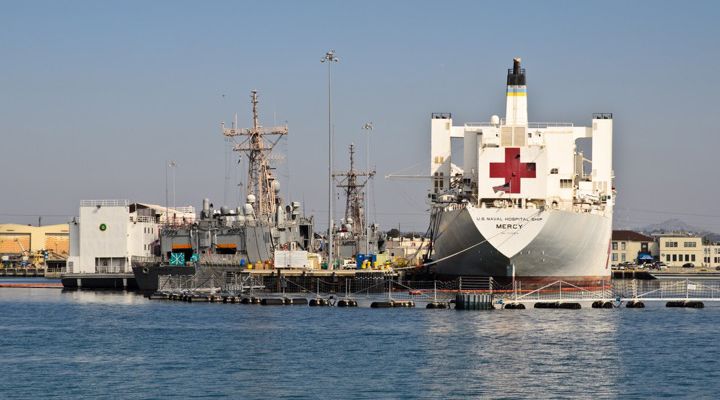Cameroon is a young country in Africa that has yet to establish adequate infrastructure. Poverty in Cameroon is also a rural phenomenon, with 55 perfect of the country’s poor living in rural areas. According to Heifer.org, it’s estimated that 48 percent of the population lives below the poverty line.
The mother and daughter in the following story are from this poverty-stricken country and up until recently, they lived with a dangerous health condition for most of their lives. Thanks to a ‘miracle’ floating hospital, they received the life-saving surgery they desperately needed.
Bullied
For 25 years, Valerie was bullied over her 8lb salivary-gland tumor. It dominated the right side of her face and the tumor was not only hard on Valerie’s self-esteem, but also her health.
Daughter
To make matters even worse, Valerie’s daughter Edith, now 12, developed a similar growth five years ago. It started as just a small bump behind her ear but progressed to take over a large portion of the right side of her face.
Africa
Valerie, who lives in poverty in Africa, was forced to endure her growth for decades and was heartbroken when her daughter developed the same tumor at just 7-years old. She told the Daily Mail: “We didn’t have any money.” “I lived each day as if it was my last.”
Large Growth
Speaking about her condition, Edith said, “I saw a small bump on my jaw and it started growing. I was scared- I was worried it would grow as big as my mother’s and disfigure my face.” Edith also worried about the dangers…
Salivary Tumors
Most salivary tumors are benign and they are not cancers. They do not usually invade adjacent tissues or metastasize, but they can continue to grow and become deforming. Benign salivary tumors are usually best removed through surgery, although there is no urgency to do so, according to Stanford Health Care.
Salivary Gland
The salivary glands produce saliva to moisten the mouth and to help protect teeth from decay and to digest food. The most common problems in the salivary gland occur when the ducts become blocked and saliva cannot drain, as was the case for Valerie and Edith.
Cause
Sialadenitis creates a painful lump in the cheek or under the chin and it’s more likely to develop in people who are malnourished or have eating disorders. While it’s uncertain how Valerie and Edith developed their tumors, they had no other choice than to let the tumors grow.
Floating Hospital
In 2018, after nearly three decades of living with her tumor, Valerie discovered a floating hospital called Mercy Ships, docked eight hours away from where she lived. She made the heartbreaking decision to leave her daughter while she traveled to receive life-changing surgery.
Mercy Ships
Mercy Ships is an international charity that currently operates the largest non-governmental hospital ship in the world. They provide humanitarian aid such as free health care, community development projects, mental health programs, community health education, agriculture projects, and health care for terminally ill patients.
Healthcare For The Poor
According to their website, Mercy Ships uses hospital ships to transform lives and serve nations. “We follow the 2000-year-old model of Jesus, bringing hope and healing to the forgotten poor,” as written on their website. Mercy Ships has been operating in Africa for over 40 years.
Ship
“A ship is the most efficient platform to deliver a state-of-the-art hospital to regions where clean water, electricity, medical facilities, and personnel is limited or nonexistent,” their website reads. “And, because more than 50% of the world’s population lives within 100 miles of the coast, we can reach more people who need care.”
Africa Mercy
Valerie boarded the UK vessel “Africa Mercy,” and was operated on by volunteer surgeon Dr. Gary Parker. After being away from home for a month-and-a-half, Valerie returned to her village tumor free.
Reunited
When her bandages were removed, Valerie said, “Wow! Is this really me? Is this really happening to me? It’s a miracle.” When she returned home to Edith, she received the warmest welcome.
Edith’s Surgery
“She looked beautiful,” Edith told the Daily Mail. Valerie was so happy to be free of her tumor and she asked if Edith could go to the hospital to have her tumor removed. Two weeks later, the pair returned to the floating hospital, this time, with Edith going under the knife.
New Lease On Life
“I just knew everything was going to be okay,” Valerie said. “I’d been through it and survived. Watching my baby being taken away, I was confident and happy…I was overjoyed to see Dr. Gary again. He changed my life and now he was changing my daughter’s.”
Recovery
Edith spent two months recovering onboard Mercy Ships before returning home with her mother. Kirstie Randall, a Mercy Ships volunteer said, “I’ll never forget their transformation after they were treated on our ship. Valerie was free of the pain that blighted her for over 20 years.”
Bright Future Ahead
“Edith finally got to imagine a future without being bullied over her appearance,” Randall added. Having volunteered for Mercy Ships for over a decade, it was so rewarding for Randall to see how the charity can change the course of a person’s life.
Since 1978
Mercy Ships has performed 95,000 operations in developing countries since its launch in 1978. Since then, they’ve operated in more than 57 developing nations and 18 developed nations around the world.
Inspiration for Mercy Ships
A major inspiration for Mercy Ships president and founder Don Stephens was the work of the international hospital ship called SS Hope. Stephens was inspired after research showed that 95-100 percent of the largest cities in the world were port cities.
Mother Teresa
He realized that a hospital ship could deliver healthcare very efficiently to large numbers of people. The birth of Stephens’ son, John Paul, inspired him to move forward with his vision of a floating hospital, as did a visit with Mother Teresa in Kolkata, India.
